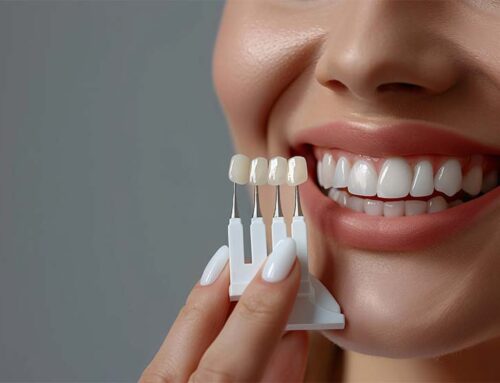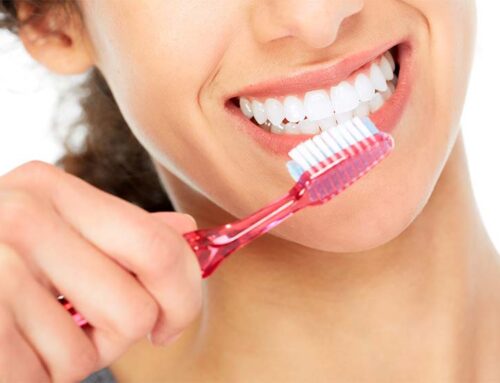This is the process of completing the missing part of the tooth anatomically with a porcelain filling. This type of filling, which preserves the natural structure and appearance of the tooth, is more compatible with adjacent teeth than other fillings. In particular, porcelain filler is preferred for cavities on molars, which are active during chewing.
How does it applied?
Porcelain filling (inlay-onlay filling) is a treatment applied in 2 sessions. First, the decays of the tooth filling will be applied are cleaned and ready. Then, by taking a precise measurement of the tooth, this measure is sent to the laboratory. The tooth that will be filled with porcelain filling is closed with temporary filling. In the second session, the dentist applies it with the bonding system after the inlay-onlay porcelain filling piece checked and adjusted. Then, the dentist performs polishing procedure and the treatment ends.
Advantages of Porcelain Fillings
Porcelain fillings are much more durable than other fillings. It is very compatible with natural teeth. They do not cause any allergic reactions. They are aesthetically pleasing and long lasting fillings.
Amalgam fillings used for many years do not meet the aesthetic expectations because of their metallic colours. The effects of mercury on human health are discussed. Composite fillings are not as effective as porcelain fillings in terms of resistance. The disadvantages of porcelain fillings are; it is costly compared to other fillers and treatment requires two sessions.







Leave A Comment